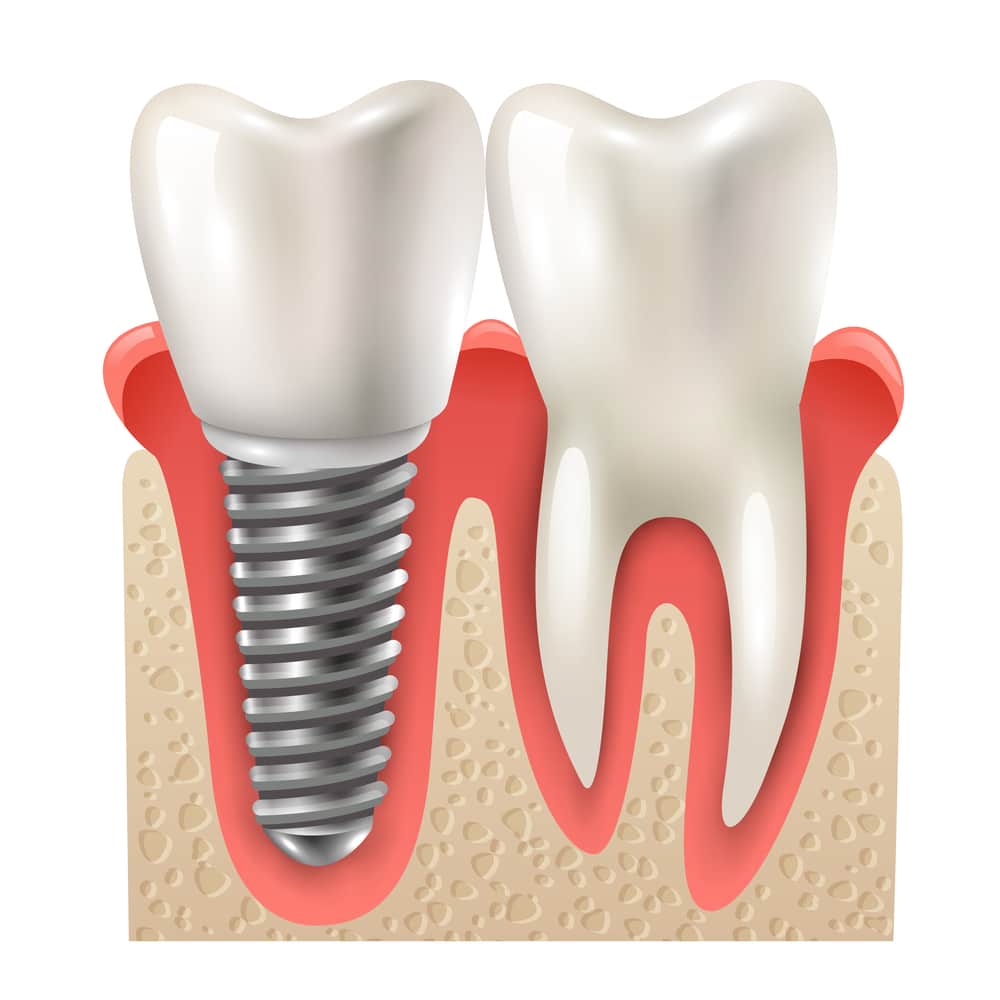
Adult tooth loss is a severe issue that affects 69% of people before 45. Due to prevalence, it’s important to understand that tooth loss comes with many hidden consequences. Besides an unappealing appearance, tooth loss can lead to remaining teeth shifting, sunken facial features, and destructive effects of TMJ disorder.
Some dentists turn to dental implants to combat the adverse effects of tooth loss. Dentists surgically place titanium implants in the jaw. Furthermore, titanium implants support a prosthetic tooth that appears, acts, and feels similar to a natural tooth. Continue reading to learn how dental implants started and where the technology is now.
600 AD: Rudimentary Shell Implants
While the ancient Mayans are famous for many scientific achievements, researchers also accredit the Mayans for the world’s first dental implants. Artifacts suggest dentists in this ancient civilization used shells to replace teeth in the lower jaw. Furthermore, researchers estimate that 200 years (800 AD), the Mayans adapted their technology and upgraded to a meticulously carved stone dental implant in early Mayan-Honduran culture.
In the 1970s, archeologists took radiographs of Mayan mandibles and identified that the compact bone formation around rudimentary shell implants looks very much like that of contemporary implants.
1952: First Titanium Implant
For centuries, pioneers in implantology struggled to discover a material that was biocompatible and sturdy.
However, this changed when one Swedish Physician discovered how titanium affects bones. Per-Ingvar Brånemark is considered the father of modern dental implantology (and by accident). At the beginning of his career, Dr. Brånemark designed experiments to understand how blood flow affects bone healing.
In 1952, Brånemark and his research team placed optical devices encased in titanium into the lower legs of rabbits to study their recovery. At the end of this landmark experiment, Swedish researchers were surprised to discover that they couldn’t remove titanium fused into the bone. Also, that the body didn’t reject titanium.
Dr. Brånemark coined this term as “osseointegration,” and this experiment is the reason why we still use titanium to anchor prosthetic teeth today.
1965: First Titanium Dental Implant
Over a decade later, Brånemark placed the first titanium dental implant in the first human volunteer and found success. This newfound glory quickly led to technology refinement. For example, implantologists developed titanium alloy screws to improve osseointegration.
Present-Day Dental Implants
Today, dental implants are considered one of the most significant advancements in modern dentistry due to their superior aesthetics, strength, and function. At present, dental implants are the only contemporary dental solution that can stimulate the natural formation of the jawbone and support surrounding teeth. Also, they can increase a person’s quality of life by restoring self-confidence and appearance. Unlike dentures, dental implant patients can live without the fear of their teeth flying out when they sneeze, speak, or laugh.
Book a Free Dental Implant Consultation in Austin, TX
In summary, implants have come a long way since shells in the skull. They are now considered a highly successful, sought-after tooth replacement method. If you have missing teeth, have you considered dental implants? Dr. Helen Ragsdale can help you decide which tooth replacement option is most suitable for your needs. Schedule a free dental implant consultation by calling 512-346-4690 or messaging us online at your earliest convenience.
